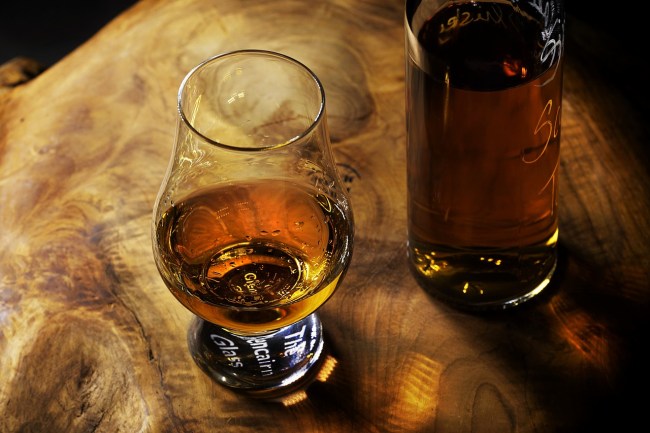
Pixabay

Audio By Carbonatix
My initial exposure to the world of liquor came in college, where I first experienced spirits thanks to a $12 handle of vodka that could have probably been used as paint thinner in a pinch.
Thankfully, I was introduced to some slightly classier forms of alcohol over time before eventually getting the chance to really dive in after finally being able to afford to spend over $20 on a bottle of something after graduating.
My palate has evolved a bit since then, and while I keep my bar stocked with all of the essentials, there’s one type of hard stuff that’s overrepresented: whiskey.
Thanks in no small part to the mixology movement of the past decade or so, people have slowly begun to realize that you can do more with whiskey than take a shot or mix it with ginger ale.
I’ve gotten way too deep into the whiskey world over the past few years and have learned just how intimidating it can be in the process.
As a result, if you’re a whiskey novice, it can be hard to know where to start giving the many options out there.
Luckily for you, I’m more than happy to be your literal spirit guide.
What Is Whiskey?

Pixabay
Whiskey (or, in some cases, “whisky“) starts its life the same way some gins and vodkas do: you take a bunch of grains, ferment them, and distill the alcohol that’s produced in the process.
If you’ve ever had moonshine— either legally or illegally— this end product is what you tasted.
The real magic doesn’t begin until the resulting libation is transferred to a barrel, where the ingredients will chill for a while and get to know each other in the cask while the liquid develops its signature color, taste, and aroma.
However, there are countless factors that contribute to the final product and consequently an overwhelming number of styles and variations on the market.
Here’s virtually everything you need to know if you want to convince the guy at the nice liquor store you (at least kind of) know what you’re talking about.
Scotch
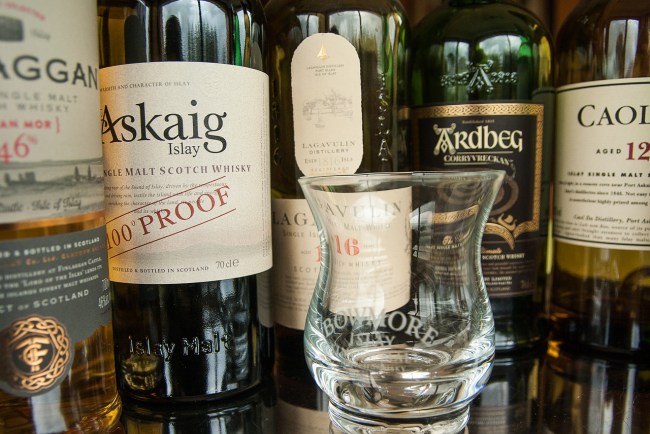
Pixabay
There’s no better place to start than scotch, which has a lineage stretching all the way back to the 15th century.
While there are exceptions, scotch sets itself apart from the pack thanks to its bold and smoky taste, which comes from the fumes commonly used to dry barley during the malting stage (a process that creates the sugars that will eventually be converted into alcohol).
Scotland has five distinct regions with their own styles (which feature an incredibly varied number of flavor notes) but many of the most notable distillers harness peat moss during the drying process, giving scotch its signature taste.
In order to be labeled as scotch, the whisky mus be:
- Produced in Scotland
- Matured in oak barrels
- Aged no shorter than three years
- Bottled at 80 proof or higher
There are two distinct varieties of scotch: “single malt” and “single grain.”
The former must be made from malted barley while the latter can be made with a blend of grains. The “single” label doesn’t refer to the grains used but rather denotes the whisky was produced at a single distillery.
Notable Brands: Laphroaig, Lagavulin, Macallan (or basically anything else Ron Swanson drinks)
However, there’s another style of scotch you should be aware of.
Blended Scotch
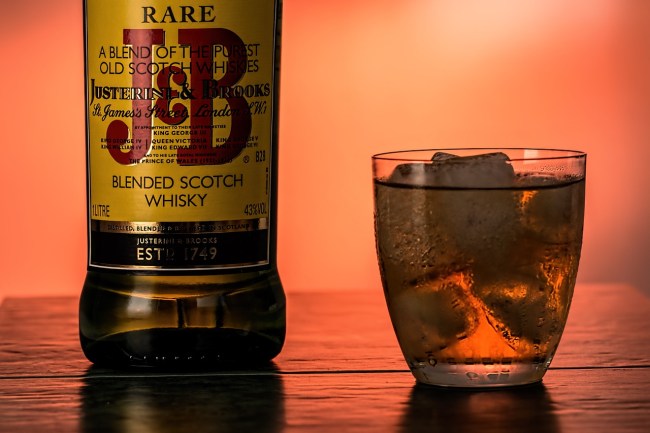
Pixabay
You might also be familiar with blended whiskeys, which are usually made with scotches produced at different distilleries. They typically involve mixing premium scotch with a lesser quality batch, which makes them a more economical choice.
Notable Brands: Johnnie Walker, Chivas, Dewars (I’d also suggest checking out Monkey Shoulder if you’re looking to ease yourself into the style)
Now that you’re a scotch expert, let’s travel across the pond and look at the most notable American varieties.
Bourbon
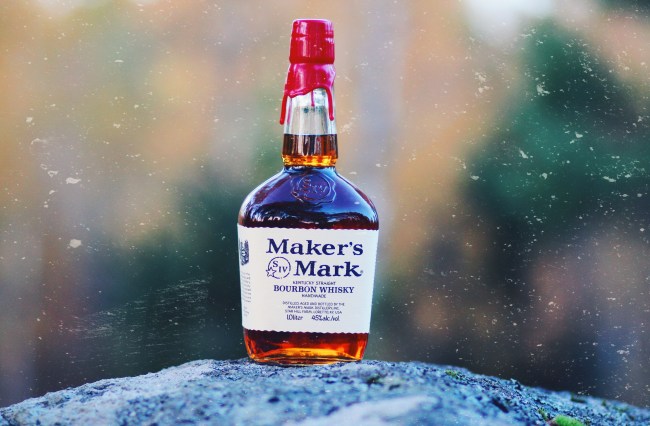
Pixabay
If you walk into any dive bar in the United States and order a whiskey (if you ask for a brand by name you’re doing dive bars wrong) you’re almost always going to be served a shot of bourbon.
After all, bourbon is as American as a bald eagle eating apple pie while the speech from Independence Day plays in the background.
Bourbon has its roots in Kentucky—the state produces 95% of the bourbon on the market— but unlike scotch, it doesn’t have to be bottled in a certain region to be labeled as such (although it must be made in the United States).
There’s also no minimum to how long bourbon must be aged.
However, there are a few other requirements, as the spirit must:
- Have a malt base consisting of 51% corn or more (rye, wheat, and barley can be used for the other 49%)
- Be aged in virgin and charred oak barrels
- Not exceed 160 proof (along with an 80 proof minimum)
The char on the barrels helps to caramelize sugars in the wood, which consequently seep into the alcohol inside. There are four different levels of charring, with the lowest resulting in a sweeter bourbon and the higher ones creating vanilla and caramel notes typically associated with the spirit.
Notable Brands: Maker’s Mark, Buffalo Trace, Wild Turkey
If you’re looking for a little more kick, this next style is probably right up your alley.
Rye
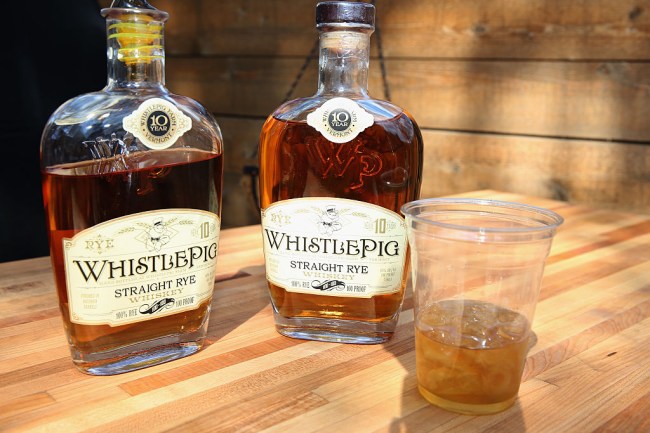
Getty Image
Rye whiskey must adhere to the same specifications as bourbon does, only the mash must consist of (shocker) 51% rye as opposed to corn.
While bourbon is defined by its relative sweetness, rye has a spicier and drier flavor profile.
In my experience, rye is a fantastic substitute for bourbon when it comes to cocktails like Manhattans and Old Fashioneds, as it provides a bit of a kick to balance out the sweetness of the vermouth and sugar (respectively).
Notable Brands: Old Overholt, Rittenhouse, Bulleit Rye
With that said, if you really want to get punched in the face (and possibly end up punching someone in the face), there’s one other style you can turn to.
Corn Whiskey
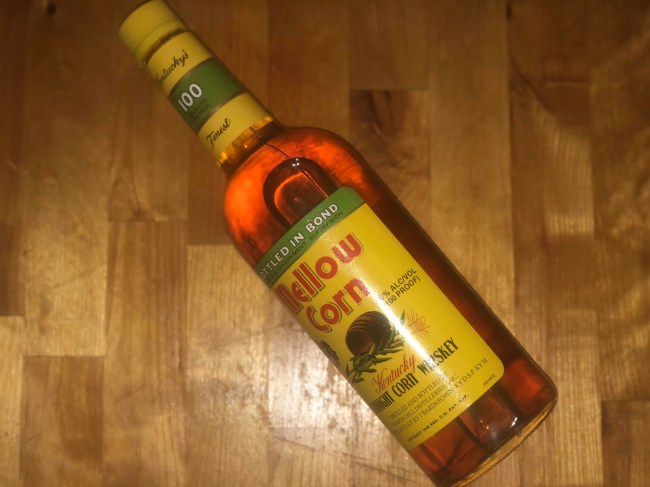
BroBible
There’s nothing particularly glamorous about corn whiskey, whose mash is made with 80% corn and can be bottled at upwards of 160 proof. It doesn’t have to be aged, but if it is, it normally only sits in the barrel for a few months until it takes on a little bit of color.
If you’re looking for the most bang for your buck and don’t really care about your taste buds, corn whiskey is easily the best way to get where you want to go if you’re looking to rip shots and don’t care about being classy.
Notable Brands: Mellow Corn and that’s about it
Scotch and bourbon (and, to a lesser extent, rye) occupy the majority of the shelf space at your typical liquor store but there are a few other regions who have their own signature styles worth mentioning, like…
Irish Whiskey
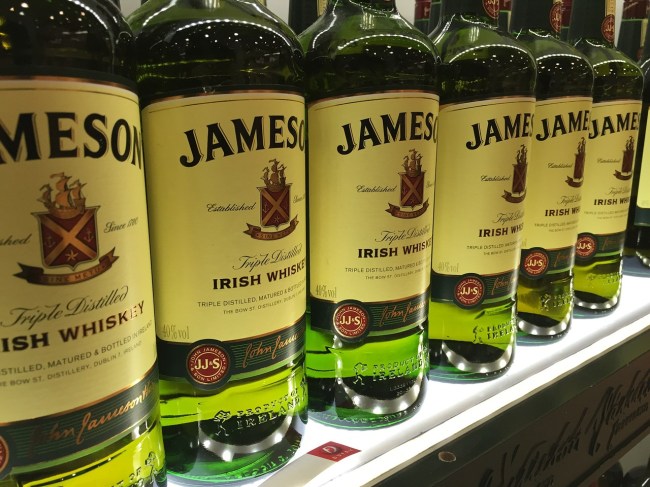
Pixabay
If you’re like me, your first experience with Irish whiskey involved drinking directly from a bottle of Jameson on St. Patrick’s Day during your freshman year before vomiting on the floor of your dorm room.
No? Just me? Alright then.
There’s a very good chance your only experience with Irish whiskey is downing as many shots of it as possible before happy hour ends but it can easily stand on its own.
Irish whiskey is a close cousin to scotch, but unlike their neighbors, Irish distilleries mostly stray away from peat when malting grains. There are a few specifications the product must adhere to in order to be labeled as an Irish whiskey, as the spirit must be:
- Both distilled and aged on the isle of Ireland
- Bottled at a minimum of 80 proof
- Aged for at least three years
- Free of any added flavors, as the taste and aroma must come entirely from the barreling process
Like scotch, Irish whiskey can be broken down into a few subcategories.
There are three “singles” (which again denote they were produced at the same distillery): malt, pot, and grain. The first denotes it was made entirely with malted barley while the second involves adding unmalted barley to the mix.
Grain whiskey has a more neutral taste and can contain a number of grains. It’s a cheaper alternative typically used as a base for blended Irish whiskeys.
It’s worth noting Irish whiskeys are commonly distilled three times before barreling (most bourbon and scotch producers will never do more than two distillations— if they even double up at all).
This process takes away some of the bite and gives Irish whiskeys the comparatively lighter and sweeter taste they’re best known for.
Notable Brands: Jameson, Tullamore Dew, Redbreast
It’s pretty easy to come across all of the styles covered so far but there’s one slightly hidden treasure that also needs to be talked about.
Japanese Whisky

Getty Image
Japan has only been making whisky for a little under a century, but over that time, the country has emerged as one of the world’s finest producers.
The first company to make whiskey in Japan was headed by a man who studied the art of distilling in Scotland so you shouldn’t be too surprised to hear they have a lot of similarities when it comes to their taste.
Because of the many variations, it’s hard to pin down a specific flavor profile when it comes to Japanese whisky, but you can expect a fairly smooth drink with a number of different fruit notes and occasionally hints of smoke.
Japanese whisky really burst onto the scene in the early 2000s and quickly rose to prominence to the point where the world is now facing a shortage, which has caused distillers to discontinue certain lines and decrease how long their product is aged.
You’ll still have to pay a premium to get your hands on the good stuff but it’s one of those things you need to try at some point in your life.
Notable Brands: Nikka, Hibiki
Oh. One more thing.
Canadian Whisky
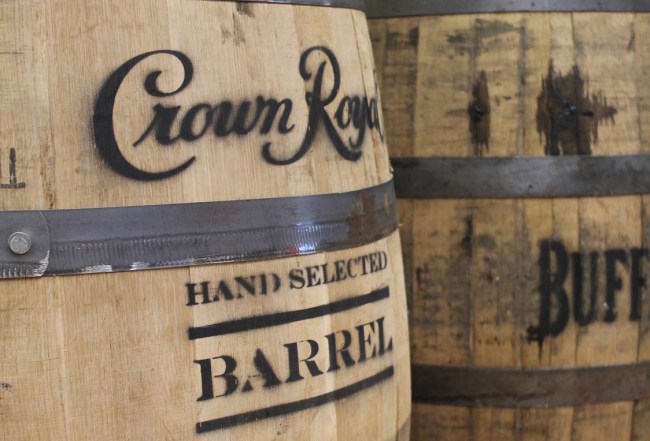
Pixabay
I don’t mean any offense to the people in the Great White North but Canadian whisky is last for a reason.
The spirit is probably most notable for being America’s whisky of choice during Prohibition thanks to the brave and heroic bootleggers who transported it across the border.
The country’s whisky is commonly referred to simply as “rye” thanks to a mash that harnesses the grain (although the mash usually mostly made with corn).
In order to be labeled “Canadian whisky,” it must meet a few specifications, including being:
- Aged in Canada for at least three years
- Aged in wooden barrels
- Bottled at a minimum of 80 proof
As far as flavor goes, you can usually expect a pretty smooth product with caramel notes.
In my experience, there aren’t really a ton of uses for Canadian whisky but I’ve found it’s a pretty good mixer if you’re not looking to break the bank.
However, as is the case with all of these styles, feel free to drink it the way you want, whether it’s neat, on the rocks, or with a drop of water.
Notable Brands: Crown Royale, Canadian Club, Black Velvet
Congratulations! You’re unofficially kind of an expert now!
Go forth with this knowledge and take on the world.